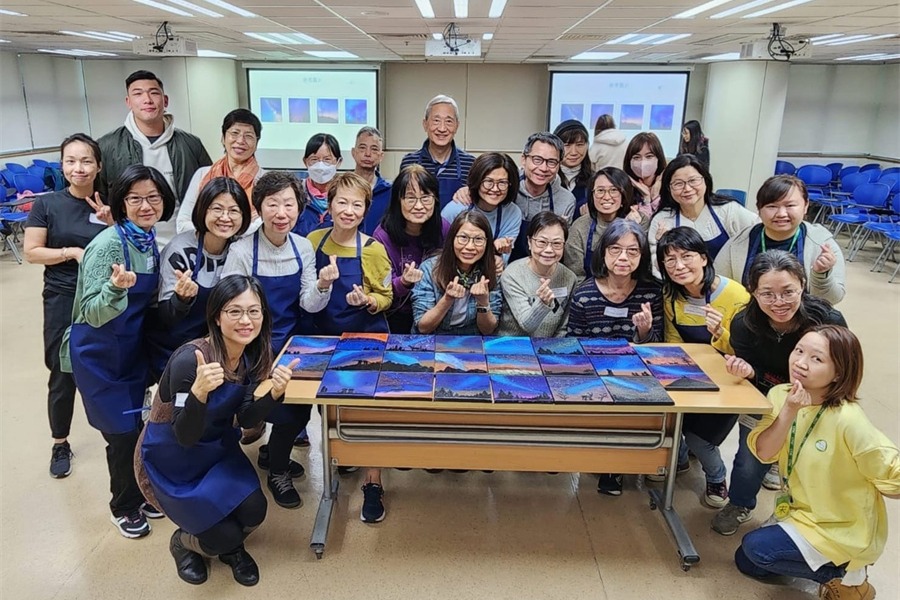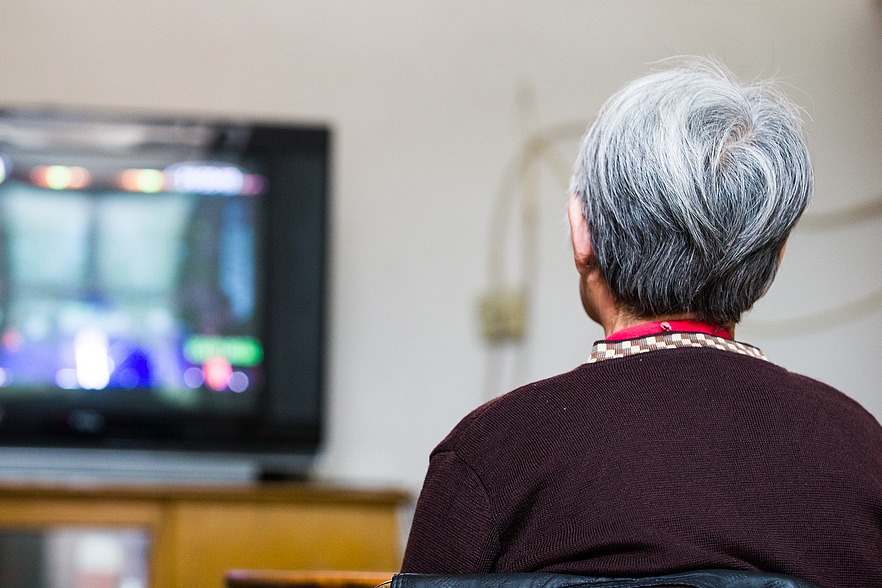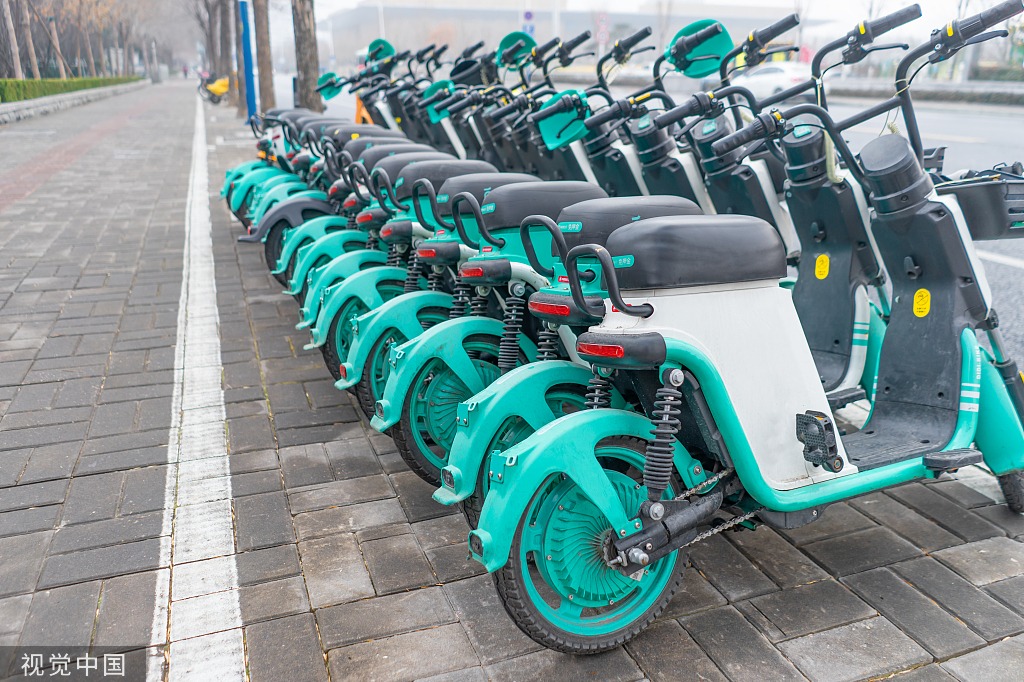Nation's study potential unleashed over time
By Zhao Yimeng | China Daily | Updated: 2024-12-05 08:34

When I was researching the figures on China's higher education development over the past 75 years, I was shocked by the great leap in the scale of both universities and students.
In 1949, China had only 205 higher education institutions, with a gross enrollment rate of just 0.26 percent. The total number of students enrolled in universities was fewer than 120,000. Last year, there were 3,074 universities and 47.6 million college students, and the gross enrollment rate had soared to 60.2 percent.
Unlike 75 years ago, getting into a university is no longer a distant dream for the majority of Chinese people. That explains why my grandfather, born in 1929, a member of the vast working class, was so proud of me when I became the first in the family to attain a master's degree in 2018.
"We have a graduate student. That's brilliant! She contributes to the country's development," the former factory accountant often told relatives and neighbors. He did not realize I was just one of the country's 540,000 master's graduates that year.
China started to adjust the training methods of college students to meet the needs of industrial development early in the 1950s.
Fan Zude, former vice-president of Shanghai Jiao Tong University, recalled that in 1955, the university underwent multiple large-scale departmental adjustments. For instance, the financial management department moved to Shanghai University of Finance and Economics, and most of the teaching resources for mathematics and physics at the university were transferred to Fudan University.
To develop education in line with national industrial construction, the university's enrollment grew from 851 students in 1950 to 2,194 in 1956, while the number of graduates increased from 540 to 1,350 in the same period, providing a great number of professionals for the country's industrialization.
The adjustments made decades ago shed light on the efforts of China's universities to cultivate talent suited for national development in the following decades.
In 1977, the resumption of the gaokao, the national college entrance examination, after a decade of suspension due to the "cultural revolution" is regarded as a pivotal moment for the country's higher education development and changed the life of many candidates.
The late distinguished geophysicist Huang Danian was among the 5.7 million test takers in the gaokao that year. Then a worker in geophysics in the Guangxi Zhuang autonomous region, Huang was successfully enrolled by Changchun Geosciences College in Jilin province, and later became a globally well-known strategic scientist and geophysicist.
This year, he was posthumously awarded the national honorary title of People's Educator ahead of the 75th anniversary of the founding of the People's Republic of China. Meanwhile, 13.4 million gaokao candidates, more than twice the number in 1977, sat the exam in June and are expected to contribute to the nation's development after graduation.
Apart from graduates from domestic higher education institutes, Chinese students studying overseas also play a vital role in building the country and connecting China with the world.
The first group of 52 individuals who set off for the United States in 1978 marked a big move for China's opening-up in higher education. Over 8 million Chinese students have since studied abroad in more than 100 countries and regions.
























